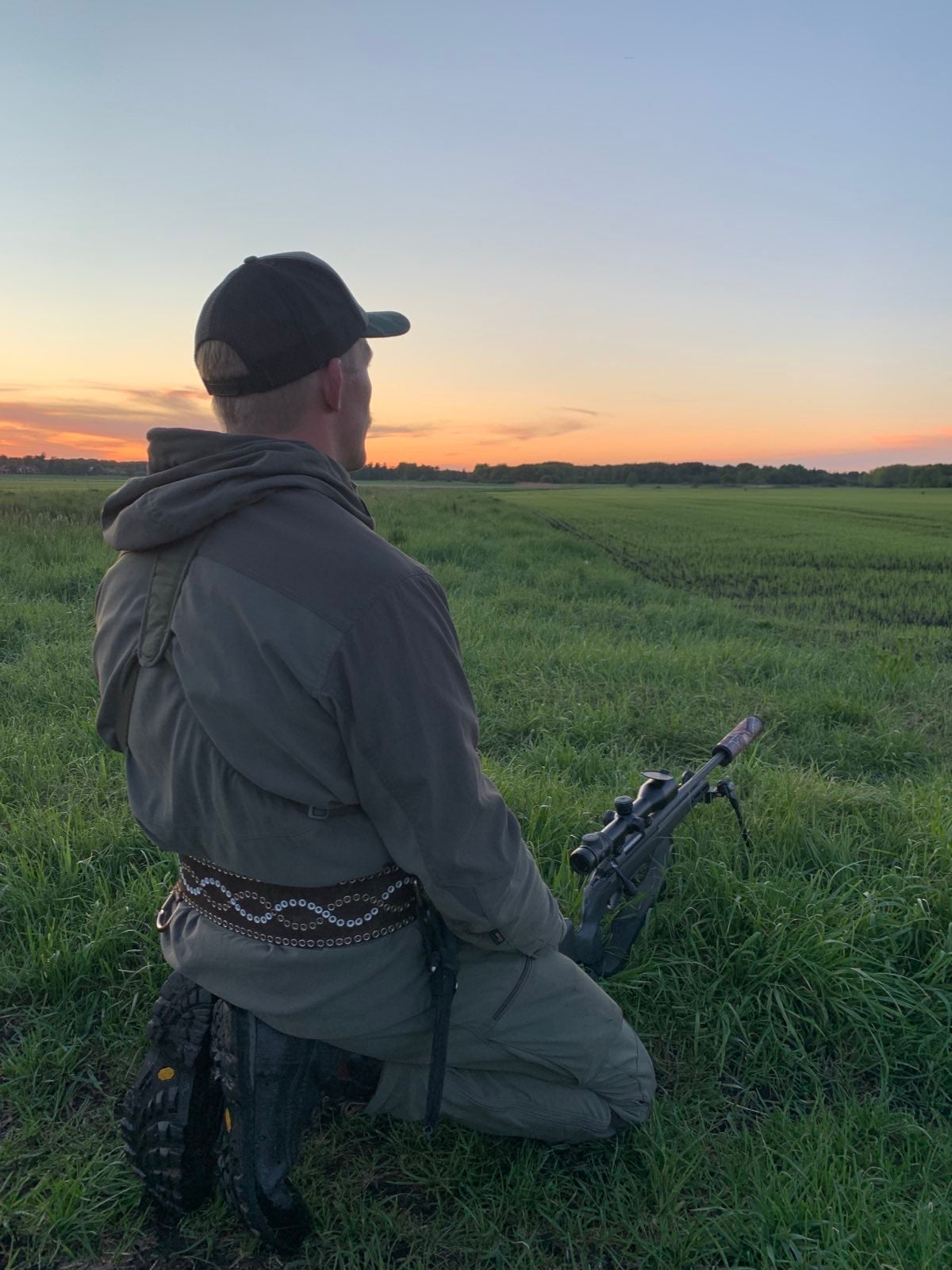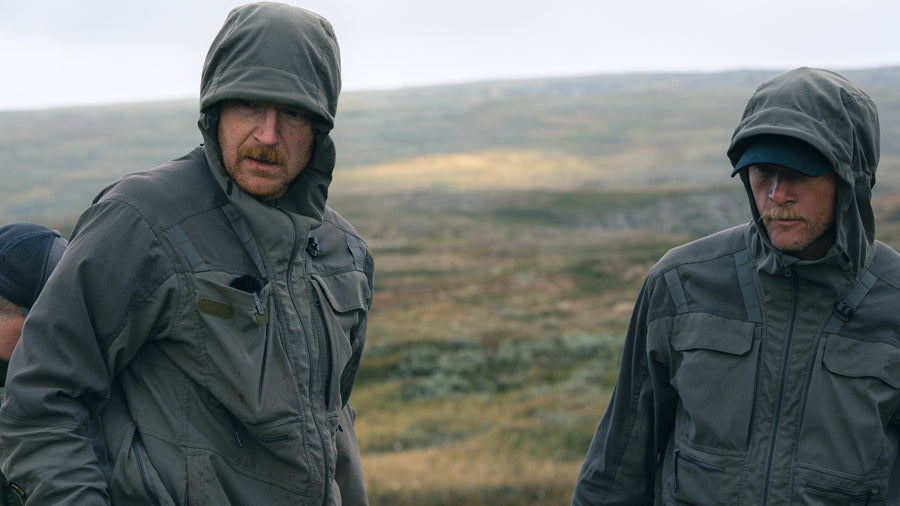
Push-hunting wolf
First of all, what is pressure hunting of wolves ?.Pressure hunting is that you chase animals on foot or on snowshoes / skis, in this case wolves.
Print hunting is 1 of 3 effective hunting methods that are normally used on wolves, the other 2 are dogs and patchwork. Which we have already described.
It is not uncommon to start with a pressure hunt and then, when the wolves have split up, release dogs on individual individuals.
Quite a few years ago, before we came across the concept of patchwork and dog use, pressure hunting was the hunting method we used.
The standard procedure was as usual that the wolves were called in their daily, pass shooters were exhibited on expected passages before we skied in after the wolf track.
You usually strive to be a skier / wolf, because as soon as you raise the herd from your daily it usually splits and sticks in different directions. The idea and plan is then that each skier hangs on 1 wolf and skis as fast as he can. As all skiers are equipped with a guide, the pass shooters can follow and to some extent move depending on where the wolves come from. Walking / skiing is often a good start that is suitable at the start of the hunt before you know exactly how many wolves are and where they are in the area. Or when it gets late in the afternoon and you want to be able to break easily at a certain time.
The difficulty with chasing the wolves is usually that they have plenty of time to have really good control of their surroundings with their good eyesight, hearing and sense of smell. On the other hand, it should not be said that the hunting method is ineffective, the pass shooters who are involved only need to make a little extra effort not to be seen and heard.
It is often noticeable that there is a certain difference if you hunt completely untrained wolves or if you hunt for wolves that have been hunted before in difficulty. Wolves are very instructive and what hunting day 1 was easy to do, hunting day 3 is usually much more difficult to succeed with.
So therefore, in my experience, it is usually better not to make less semi-serious hunting attempts on the wolves and make them suspicious / "hunting habit" than to leave them in peace and quiet until it is good conditions and plenty of pass shooters to make a big move.
Choice of stand
One of the more important experiences is that wolves are not afraid of open areas such as arable land, felling and sea ice even when they are hunted. So when issuing passports, such places should always be taken into account. When we first started hunting wolves, this was an important lesson.
Otherwise, you should start from previous movement patterns on the wolves, if they have been there for a while, you should keep track of which lanes they move on and place the pass shooters based on that.
Although normal movement within the territory and when hunted is not always exactly the same movement pattern, it is still often enough that they follow their paths to increase the chance of a successful result.





Leave a comment (all fields required)